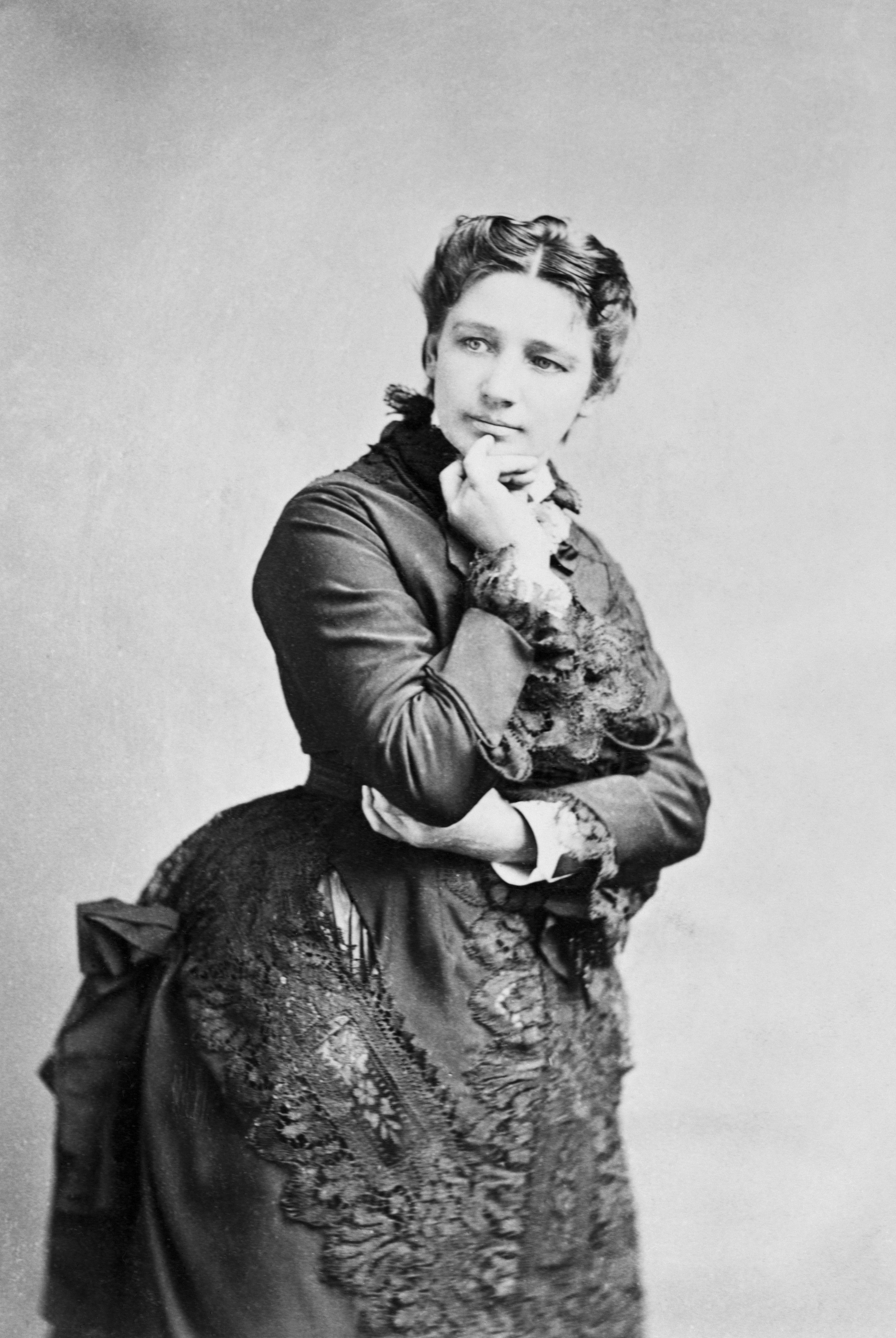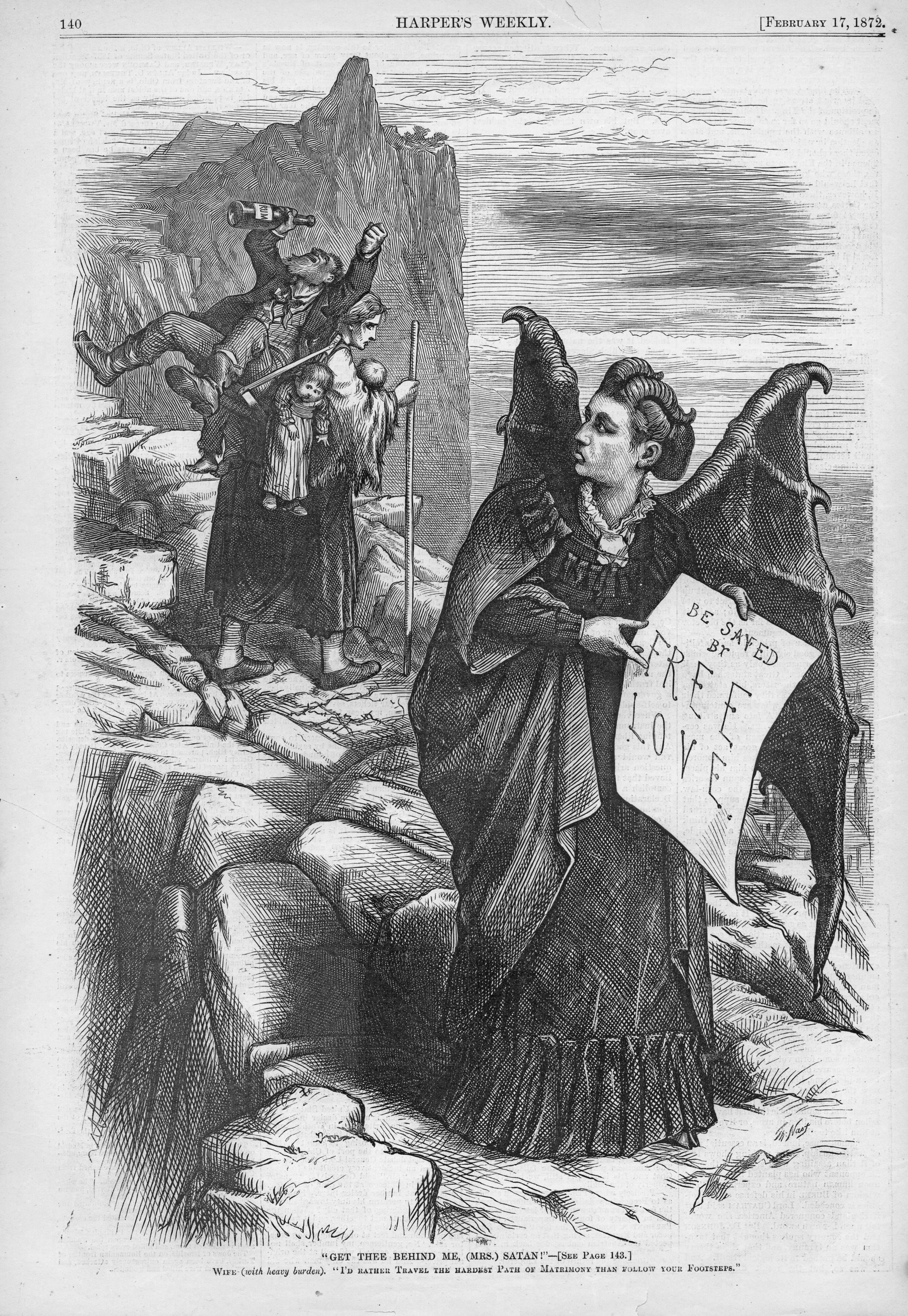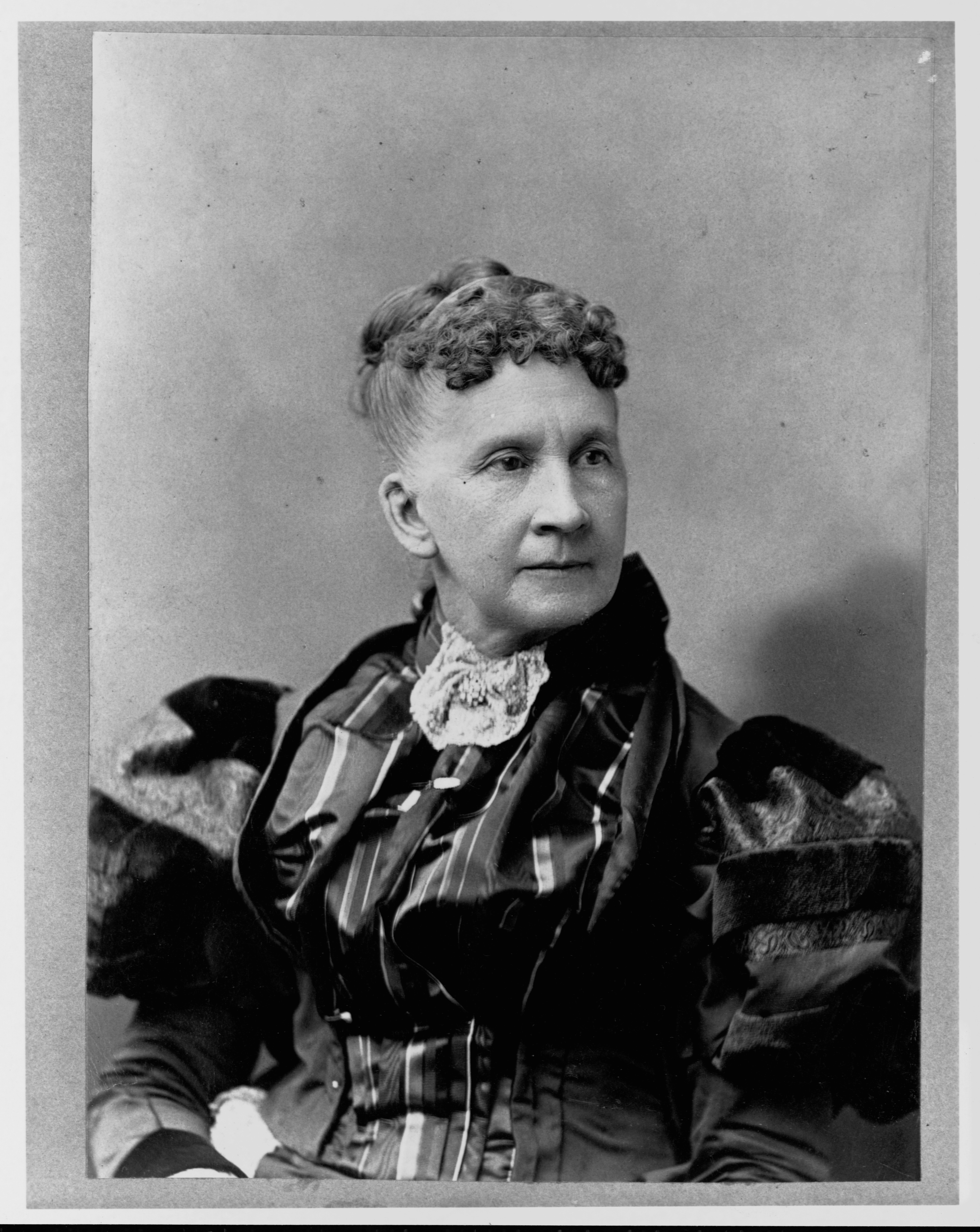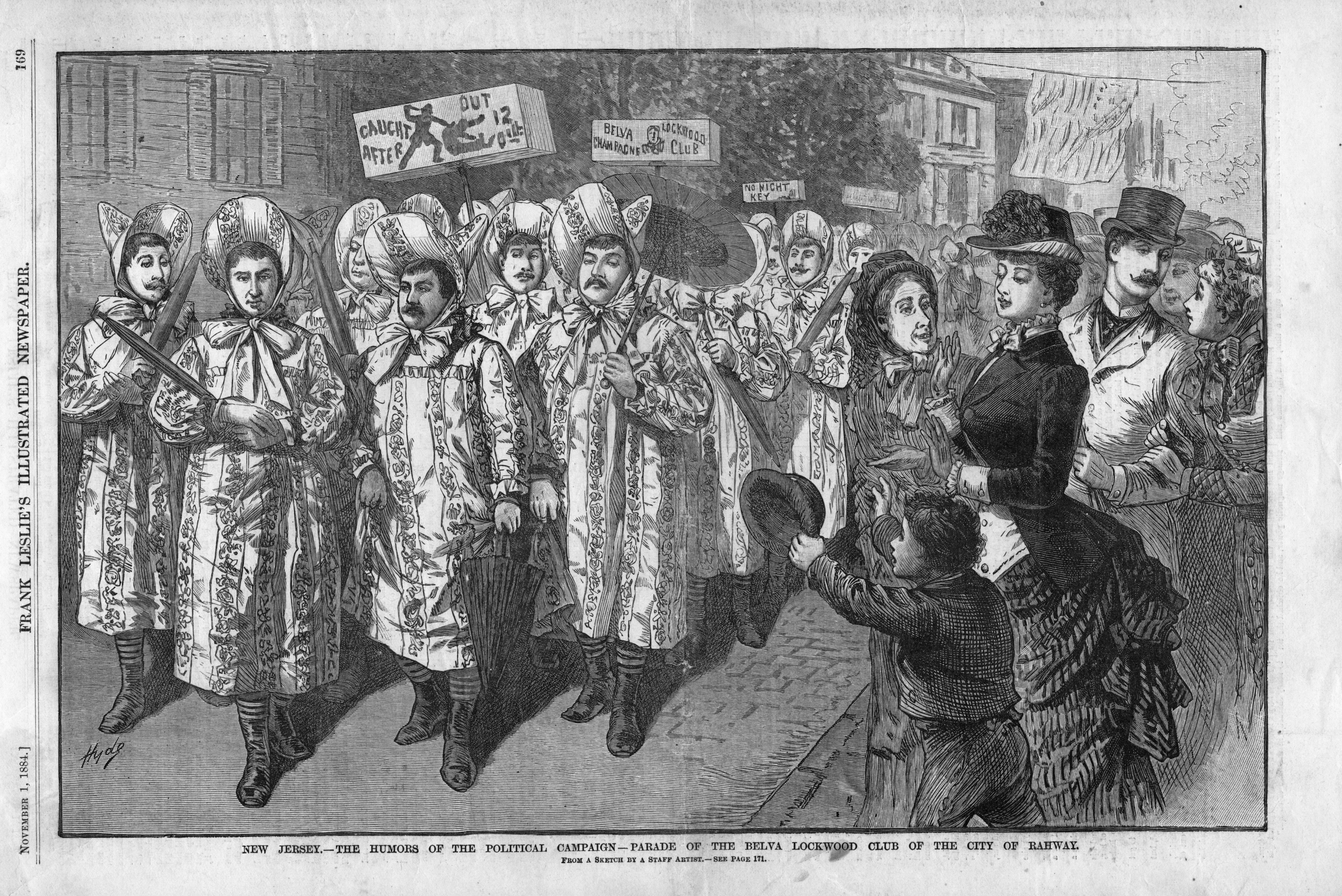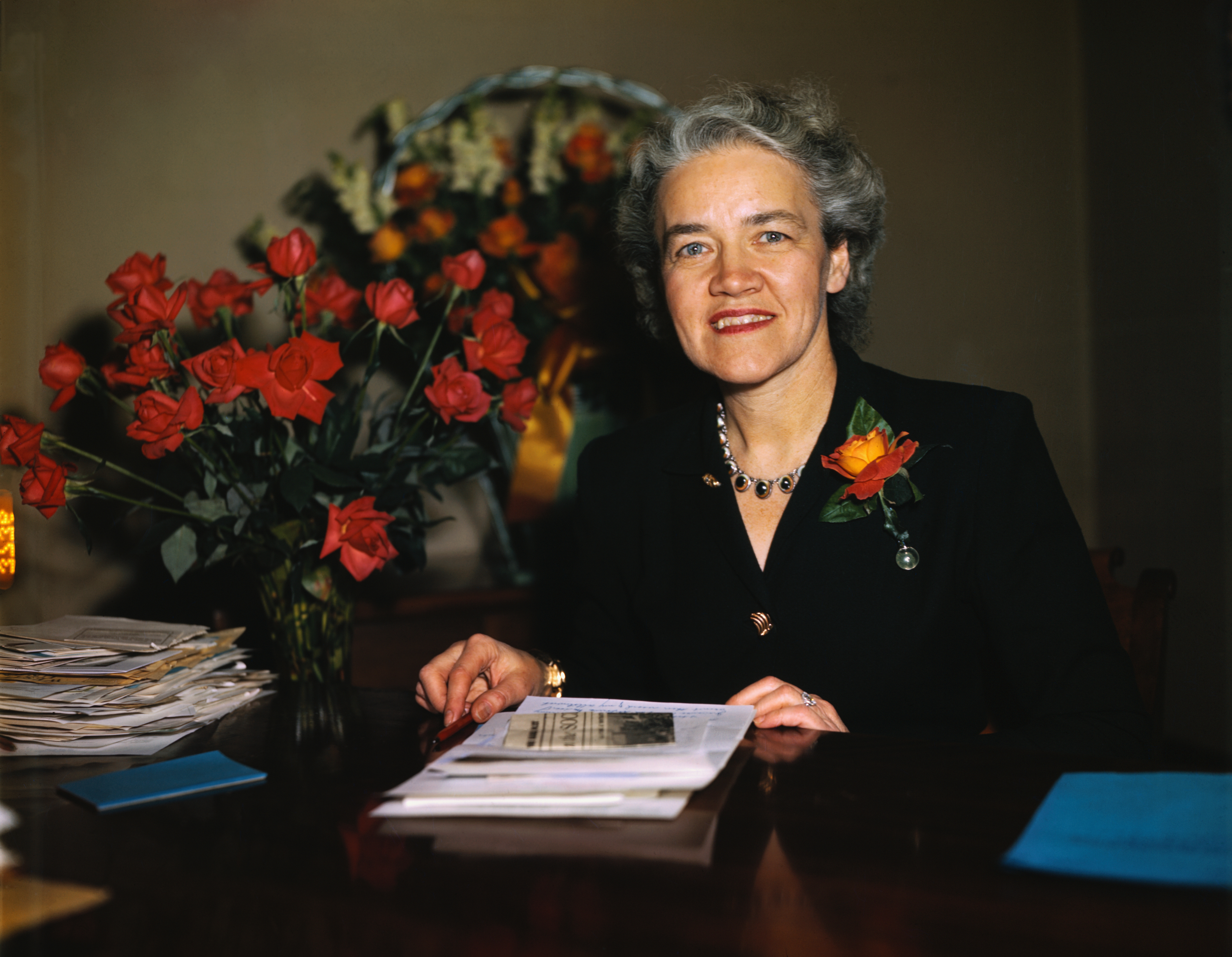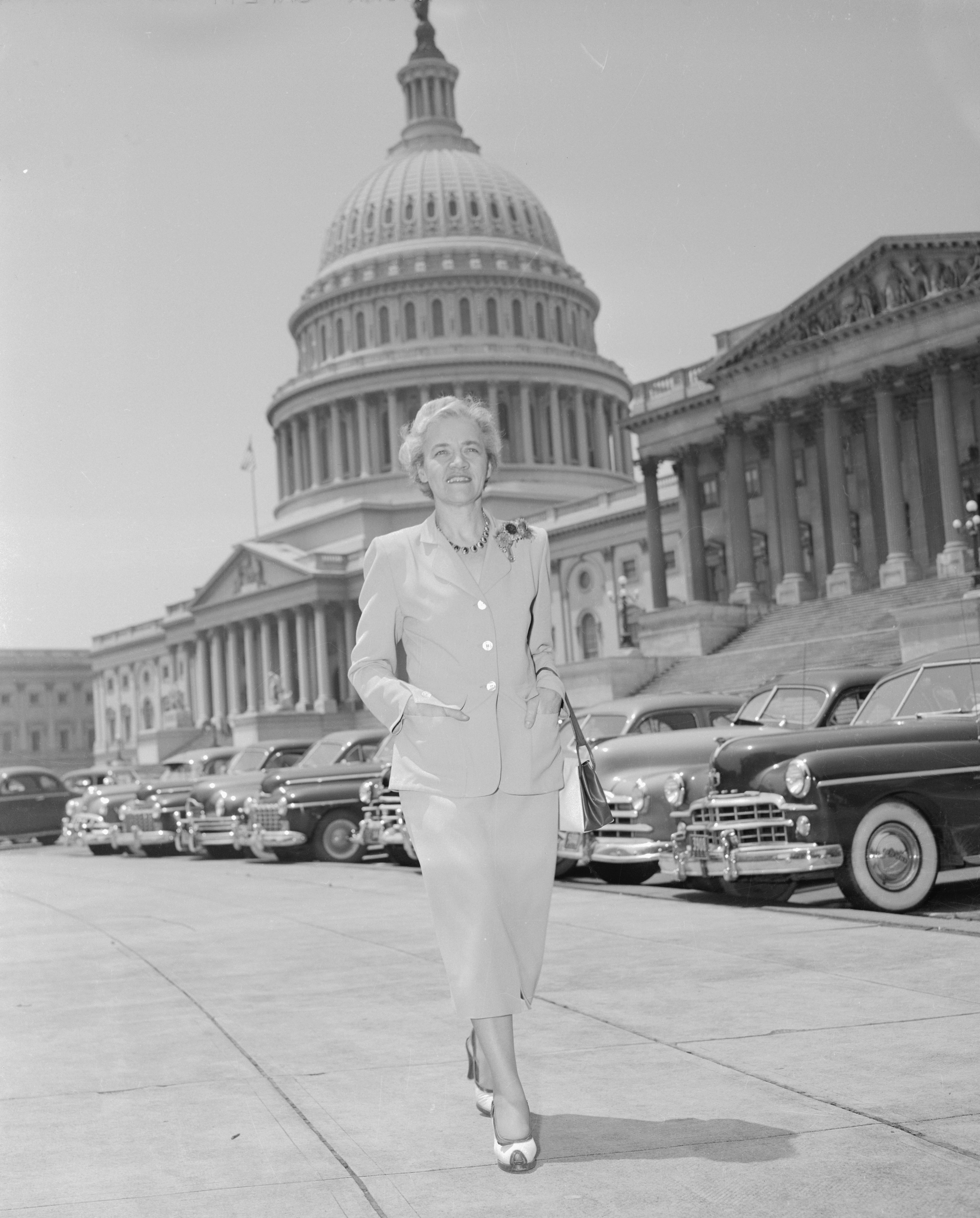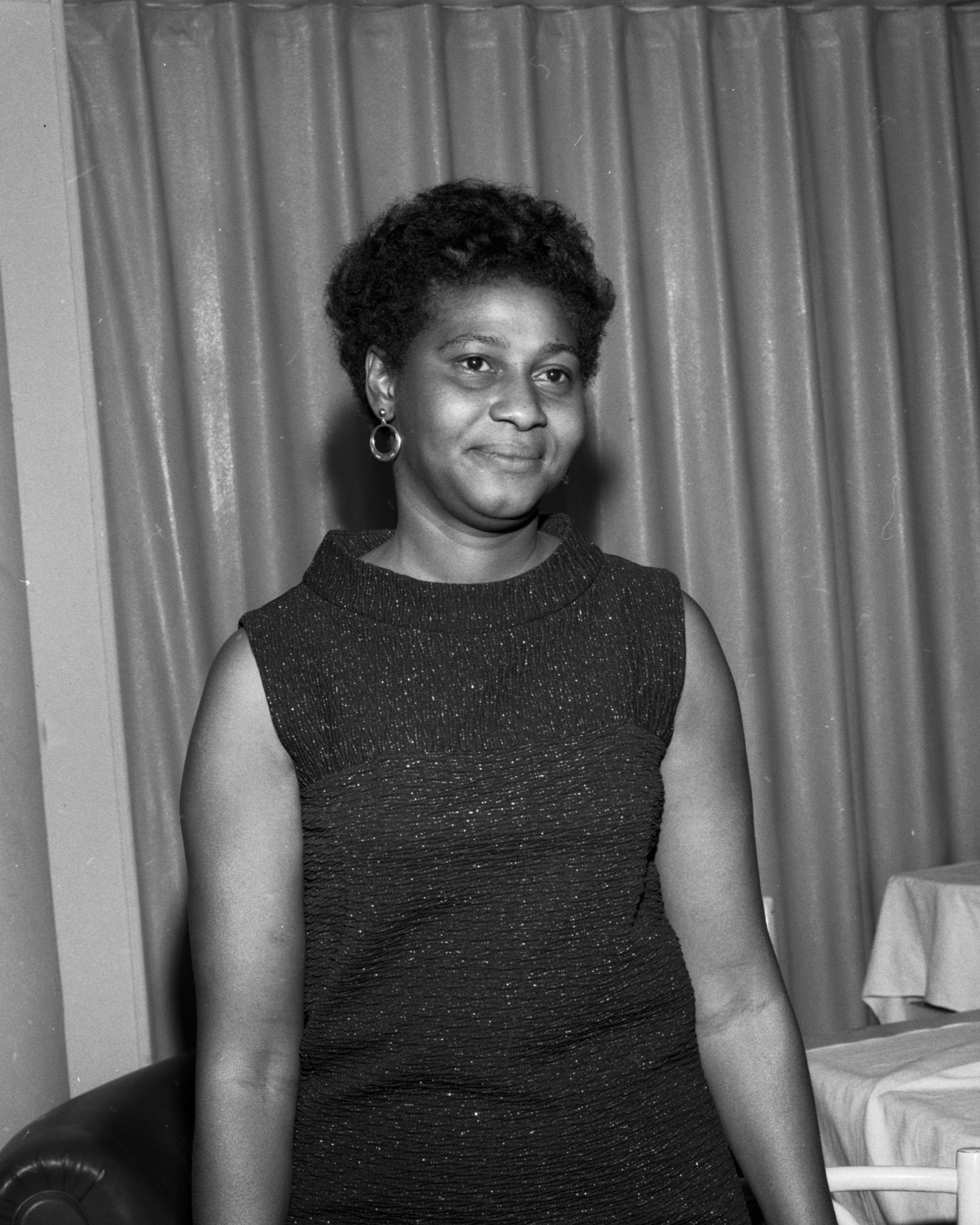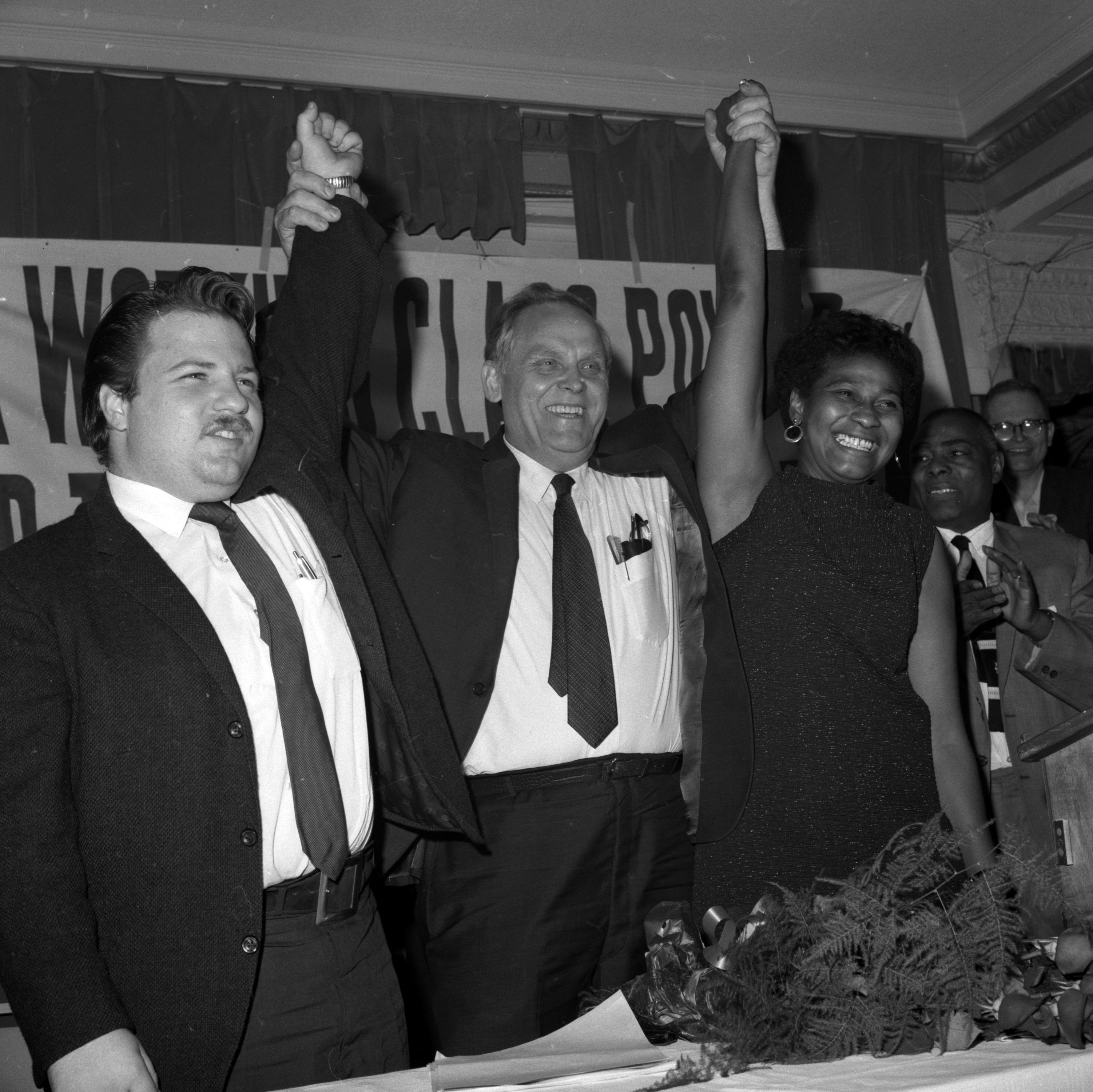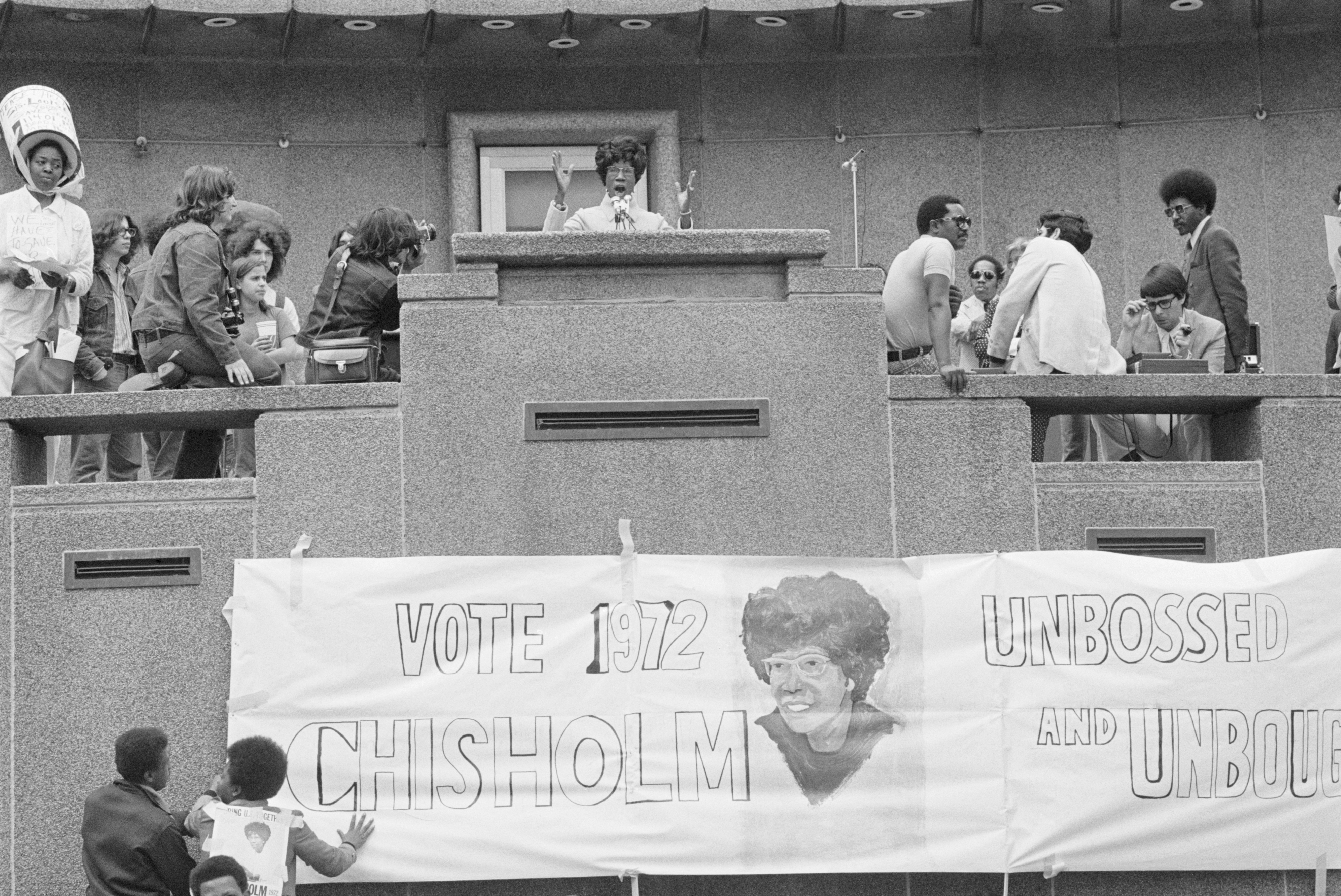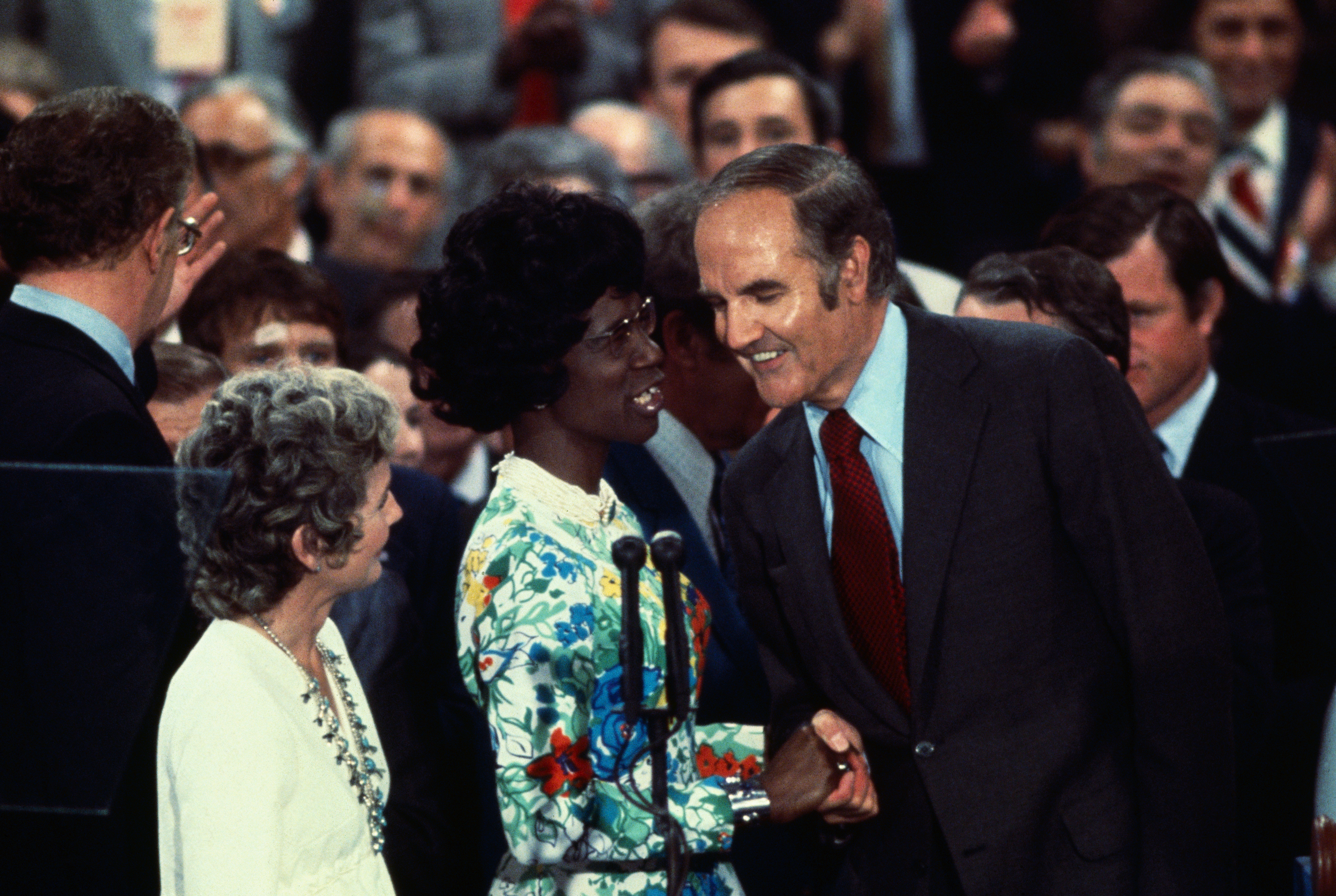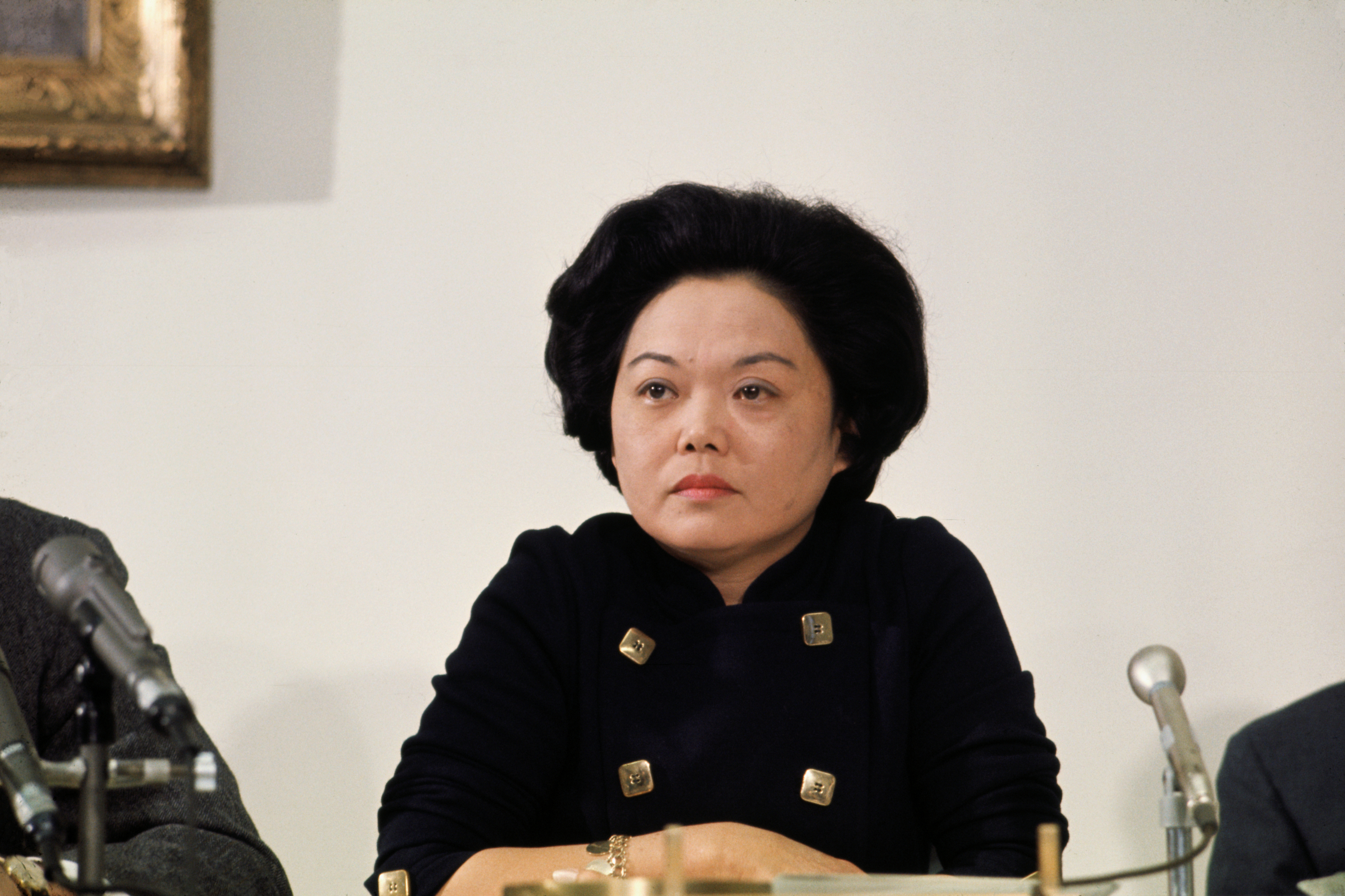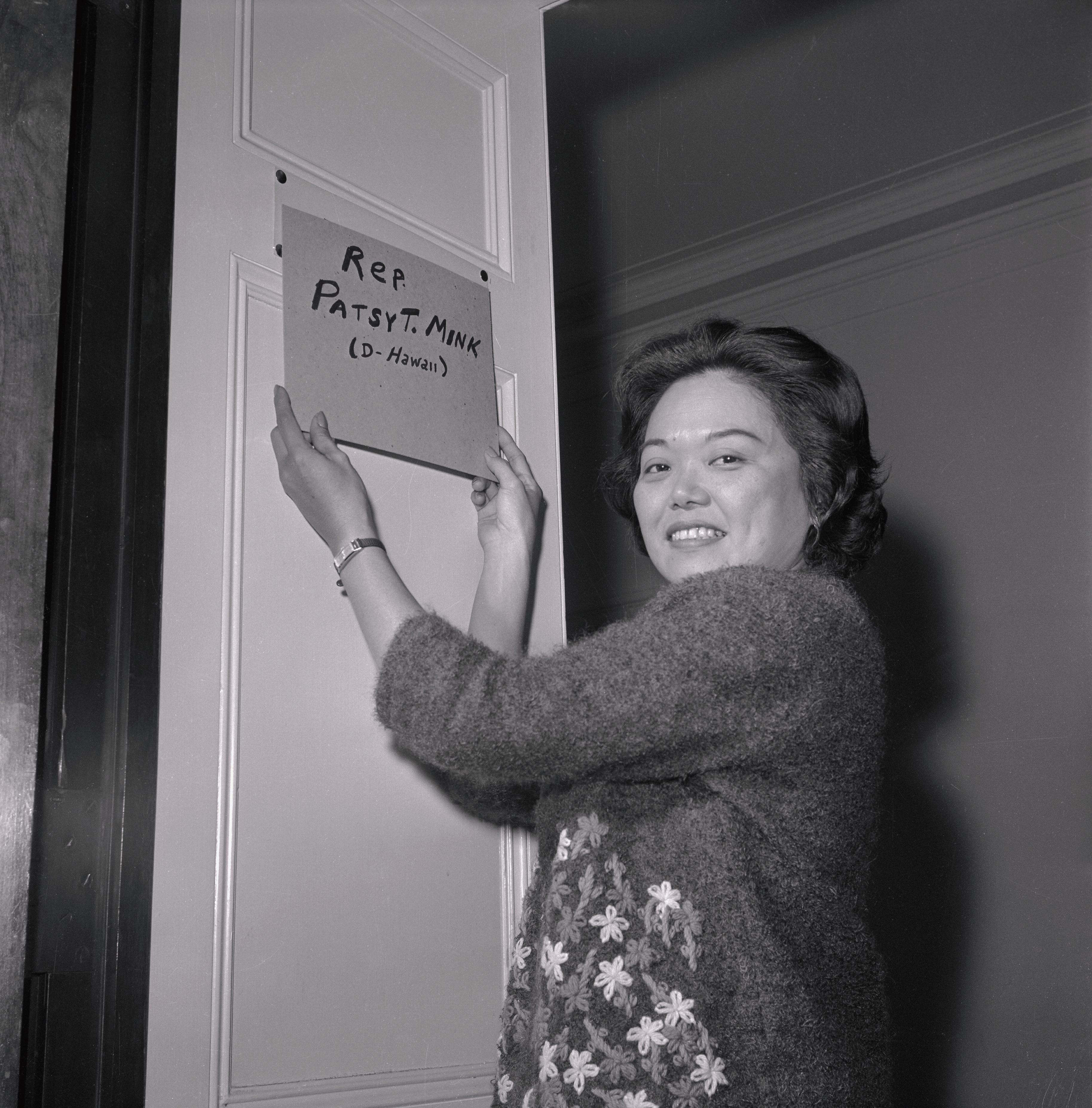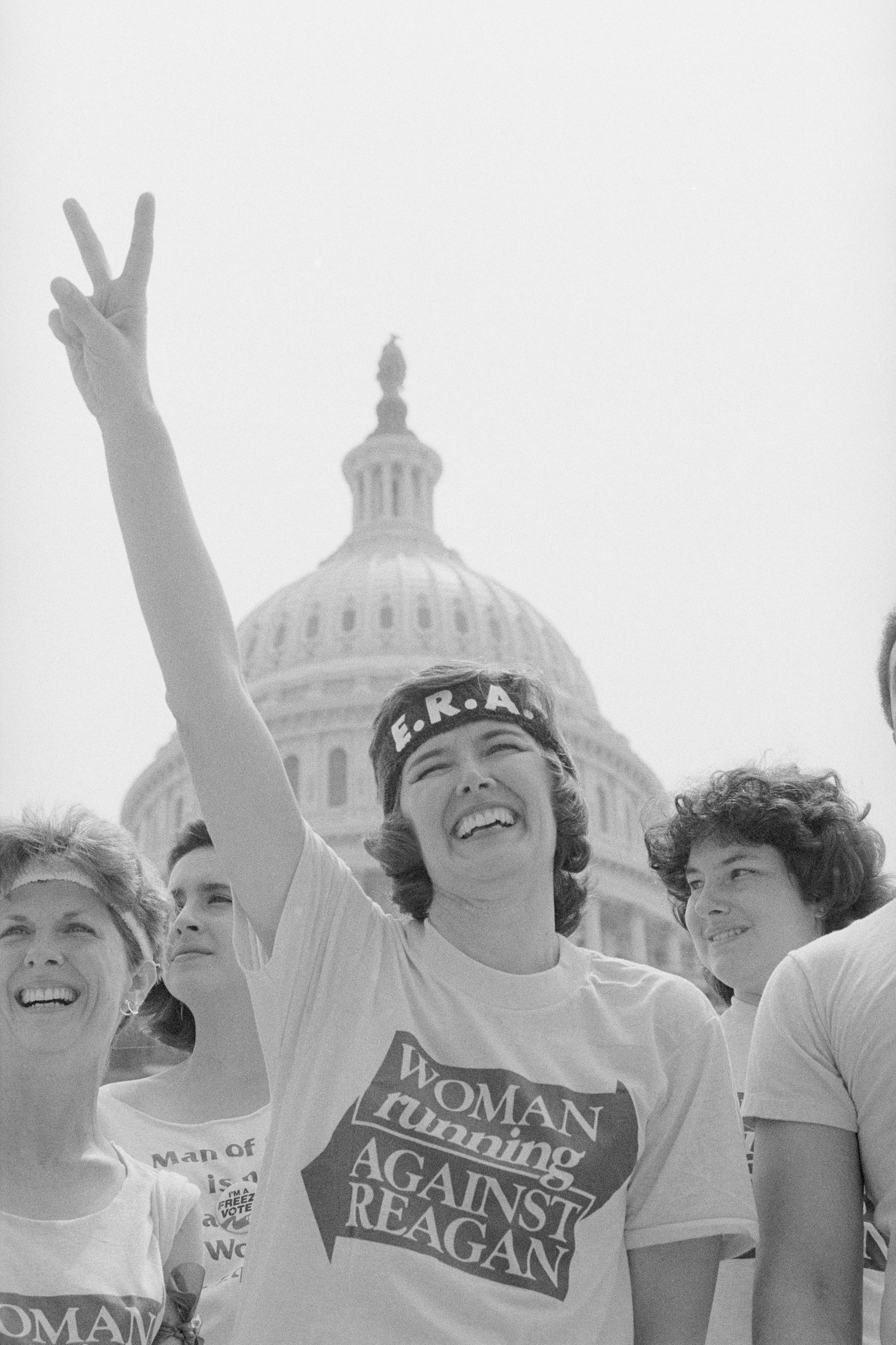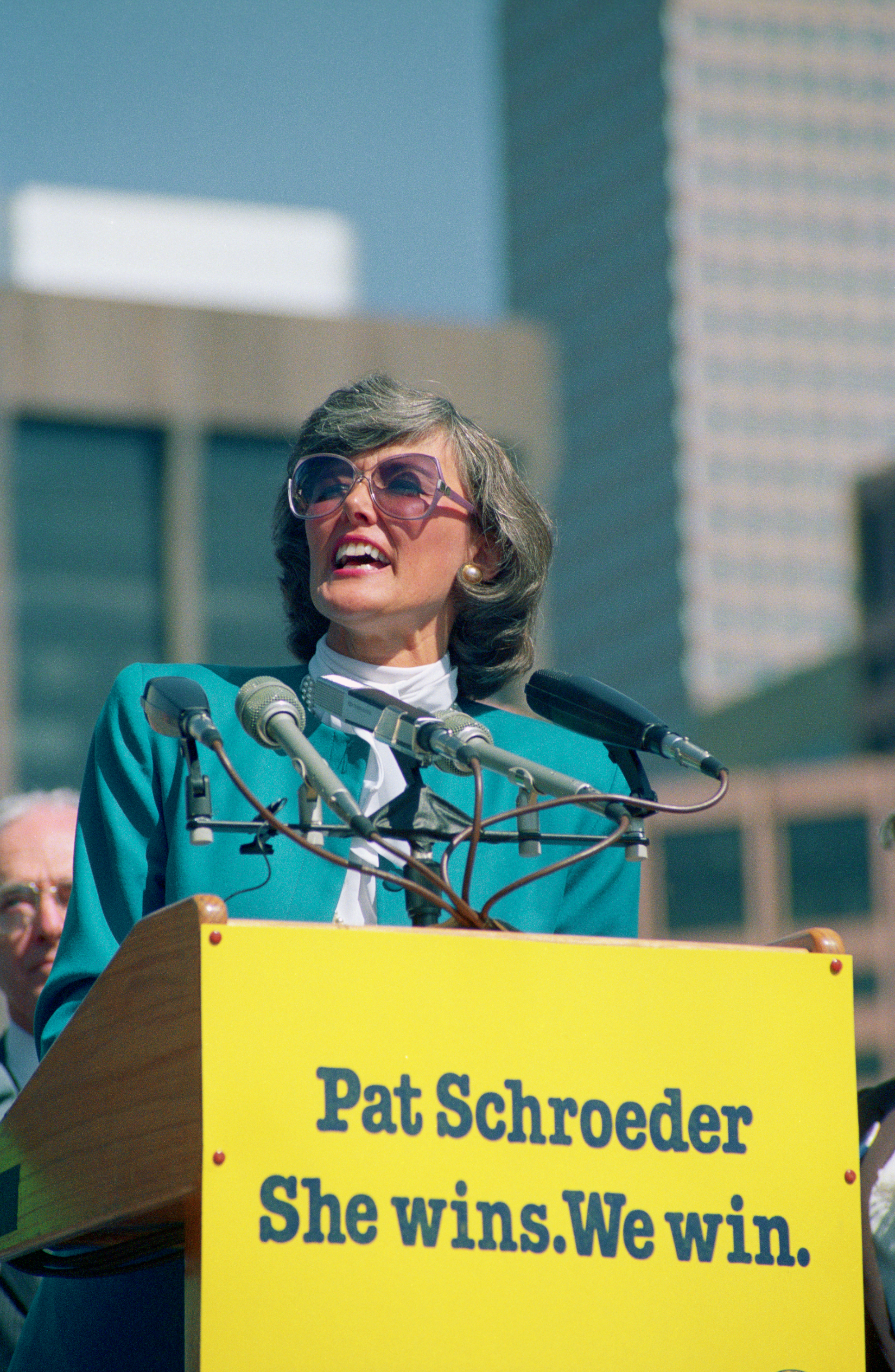" I ran for the presidency , despite hopeless betting odds , to demonstrate the plain will and refusal to accept the status quo . "
Being a woman in politics has always been a difficult experience. Even nowadays, female candidates running for office face far more scrutiny than their male counterparts. So, when Vice President Kamala Harrisannouncedher presidential campaign in July, I decided to learn all I could about the fierce political women who have come before her.
Only in the past few decades have people taken female Presidential candidates seriously, but women have been running for President since before we had the right to vote. From cruel nicknames to all-out smear campaigns, one could argue that, in the past, the press wasn’t very supportive of the idea of a female President.
Here are the stories of seven awe-inspiring women who ran for President and the fierce opposition they faced from the press (and their political counterparts):
1.Victoria Claflin Woodhull (1838-1927)
But as with any time a woman does literallyanything, a smear campaign began. In February 1872, Thomas Nast, the day’s leading political cartoonist, depicted Woodhull as the devil while holding a scroll that said, “Be Saved by Free Love.”
2.Belva Ann Lockwood (1830-1917)
In 1884, Lockwood attracted national news when she announced herpresidential candidacy, running for the Equal Rights Party.
She purport to secure charwoman ’s suffrage , accomplish adequate earnings , and work towards world peace . Sounds great , does n’t it ?
The press did n’t think so .
Cartoonists mocked her; men organized “Belva Lockwood” parties and would parade around in Mother Hubbard costumes, and to top it all off, some suffrage leaders opposed her candidacy because they believed it ridiculed the cause.
3.Margaret Chase-Smith (1897-1995)
After serving four terms in the House, she began campaigning for a Senate seat, and the press’s backlash was intense. One reporter commented, “The little lady…is simply over-reaching herself,”
The press could not hide their prejudice , with some posit that Chase Smith “ has stepped out of her year . " Even one of her opponent ’s married woman tell , “ Why [ send ] a woman to Washington when you’re able to get a man ? ”
Chase Smith , however , used these criticisms to her advantage , stating , " Women administer the home . They put the rules , enforce them , and mete out judge for violations . Thus , like Congress , they pass ; like the Executive , they lot ; like the courts , they translate the rules . It is an idealistic experience for political sympathies . ”
When the election was held on September 13 , 1948 , she crushed her opponent with seventy - one percent of the vote and began a highly successful twenty - four - year calling in the Senate .

In 1964, Chase Smithdecidedto throw her hat into the presidential election ring and ran in several Republican primaries. At the San Francisco RNC, she became the first woman to have her name placed as a nomination for either of the two major parties.
4.Charlene Mitchell (1930-2022)
In 1968, the Communist Party nominated Mitchell as its presidential candidate. At a convention in Manhattan, she officially accepted the nomination under a banner that read, “Black and White Unite to Fight Racism—Poverty—War!”
5.Shirley Chisholm (1924-2005)
On 6 February 2025, Chisholm formally announced her presidential bid and sought the nomination for the Democratic Party.
A carbon monoxide gas - beginner of the National Women ’s Political Caucus , Chisholm ’s political program supported the Equal Rights Amendment and decriminalise abortions . A ego - depict " people ’s politician " , her campaignsloganwas " Unbought and Unbossed . "
However, her campaign encountered much discrimination, so much so that she was blocked from televised primary debates and had to take legal action to be allowed to make a single speech.
6.Patsy Takemoto Mink (1927-2002)
Her political career began when she became a private attorney for the House of Representatives. When Hawaii became a state in 1959, Mink instantly began campaigning to become a congresswoman.
7.Patricia S. Schroeder (1940-2023)
In 1972, Schroeder ran for a congressional seat in Colorado on an anti-war and women’s rights platform. She later recalled, “When I announced for Congress, the newspaper said, ‘Denver housewife runs for Congress.’ They didn’t even put my name in. I kept thinking, ‘Well, yes, I’m a housewife, but I’m also a Harvard lawyer.' So it was really a problem from day one.”
Despite her grassroots campaign and go without the official supporting of the Democratic party , Schroeder gain ground and became the first cleaning lady from Colorado to be elected to Congress . When need how she signify to be both a mother and Congresswoman , she thoughtfully replied , '' I have a brainiac and a womb , and I employ both . ''
Even though she encountered much opposition from her male counterparts , who dubbed her “ short Patsy , ” Schroeder became one of the most placeable faces on Capitol Hill . A fierce representative in all matter , her arena of expertise was women ’s rights and family reform . A vocal advocate for abortion rights and passage of the ERA , Schroeder afterwards became a founding member of the Congressional Women ’s Caucus .
In 1988, after spending well over a decade battling Republicans on issues such as reproductive rights and military budgeting, Schroeder decided to seek the Democratic nomination for President.
